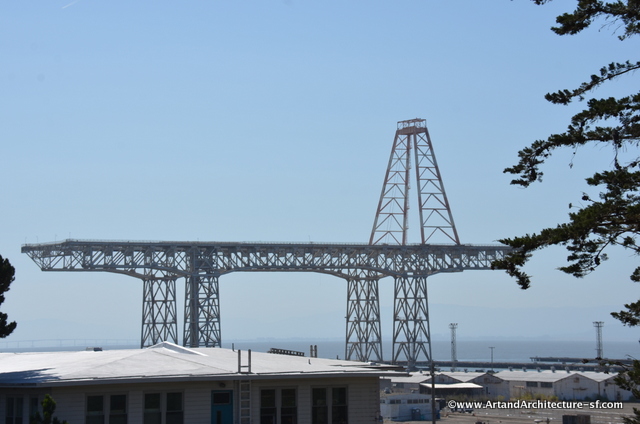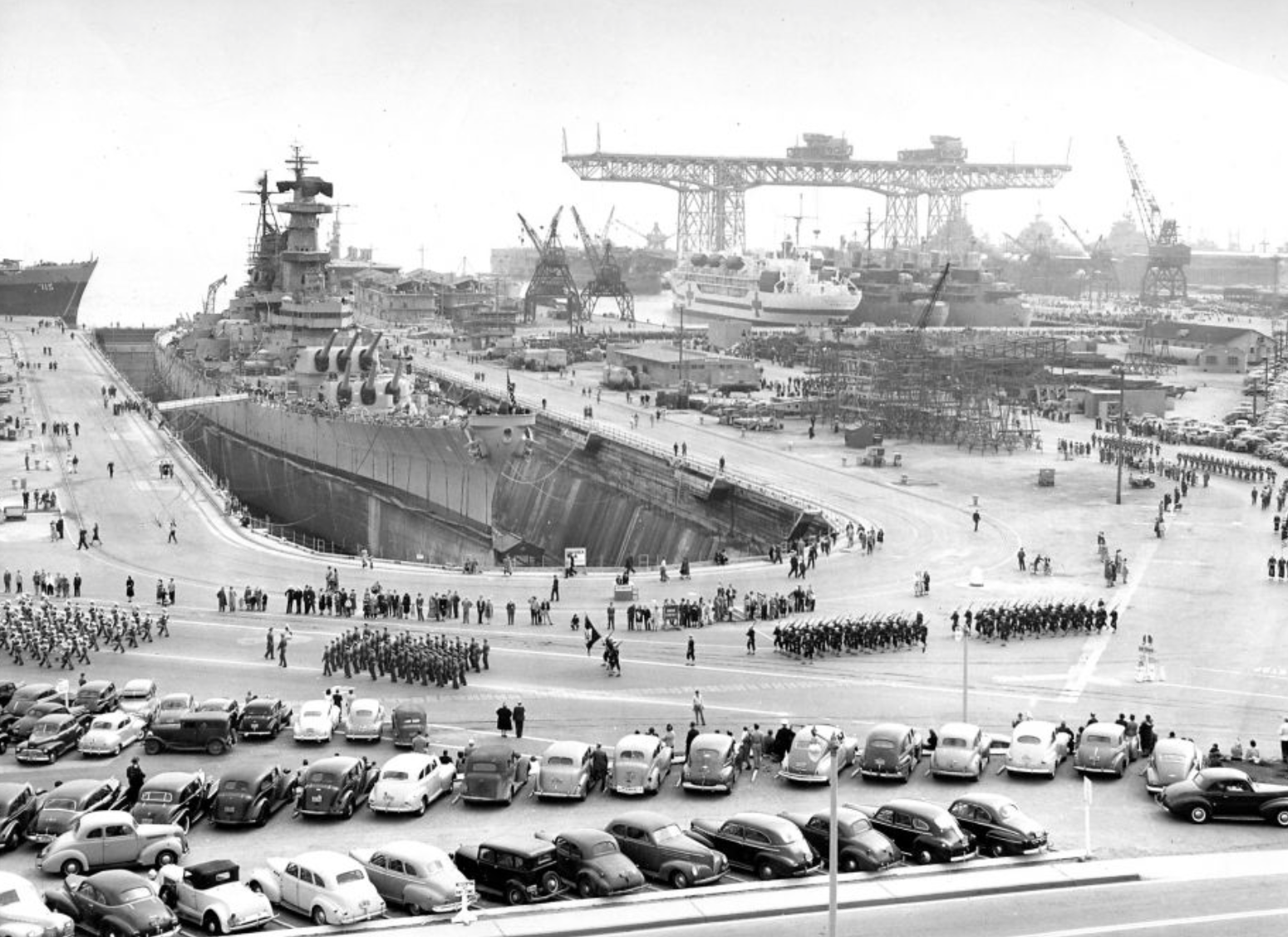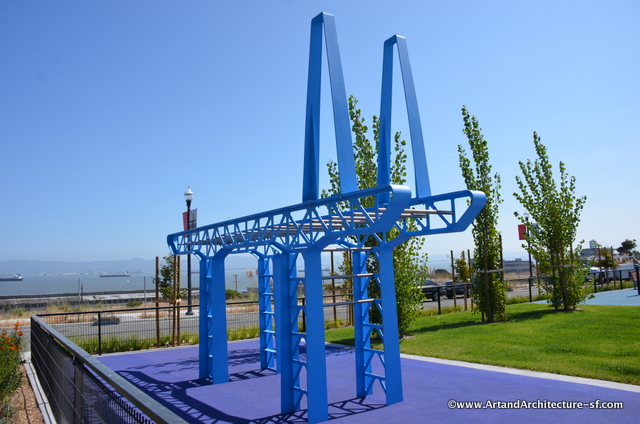Hunter’s Point has a wonderful naval history in the City of San Francisco. The Shipyard is a housing development by Lennar Corporation that has overtaken the entire site, building housing where the Army once resided.
Originally, Hunters Point was a commercial shipyard established in 1870, by the Union Iron Works company, later owned by the Bethlehem Shipbuilding Company and named Hunters Point Drydocks.
The original docks were built on solid rock. In 1916 the drydocks were thought to be the largest in the world. At over 1000 feet in length, they were said to be big enough to accommodate the world’s largest warships and passenger steamers.
Between World War I and the beginning of World War II the Navy contracted from the private owners for the use of the docks.
At the start of World War II the Navy recognized the need for greatly increased naval shipbuilding and repair facilities in the San Francisco Bay Area, and in 1940 acquired the property from the private owners, naming it Hunters Point Naval Shipyard. During the 1940s, many workers moved into the area to work at this shipyard and other wartime related industries.
The key fissile components of the first atomic bomb were loaded onto the USS Indianapolis in July 1945 at Hunters Point. After World War II and until 1969, the Hunters Point shipyard was the site of the Naval Radiological Defense Laboratory, the US military’s largest facility for applied nuclear research. The yard was used after the war to decontaminate ships from Operation Crossroads. Because of all the testing, there is widespread radiological contamination on the site.
In 1983 the area became the home of the Hunters Point Shipyard Artists (HPSA), who rented studios in the former U.S. naval shipyard buildings. The older studios were demolished as part of the new Lennar construction and a new building replaced them with room for about 150 artists.
The Navy closed the shipyard and Naval base in 1994 as part of the Base Realignment and Closure Commission. It was sold to Lennar with a vision of a $7 billion, 750-acre project aimed at transforming an abandoned Navy complex into a neighborhood with 12,000 homes and millions of square feet of office and retail space. Homes began selling in May 2014.
This is Gigantry, a children’s climbing piece in the very, very tiny park at the top of the hill. The piece was produced by Matthew Passmore at a cost of $64,500 paid for with Federal Grant money through the San Francisco Redevelopment Commission.
Matthew Passmore is an artist, urban explorer and public space advocate who brings a multidisciplinary approach to creating innovative cultural projects all over the world. Matthew was the original creative force that initiated Rebar and its first project, the Cabinet National Library, in 2004. He currently teaches at the San Francisco Art Institute.



In 1916 the dry docks were thought to be the largest in the world so they were indeed big enough to accommodate the world’s largest warships and passenger steamers. But when did the USA join the war effort/ and why would they risk having war ships next to passenger steamers?
Fantastic photo from 1948, by the way. We certainly need to record and retain disappearing landscapes.